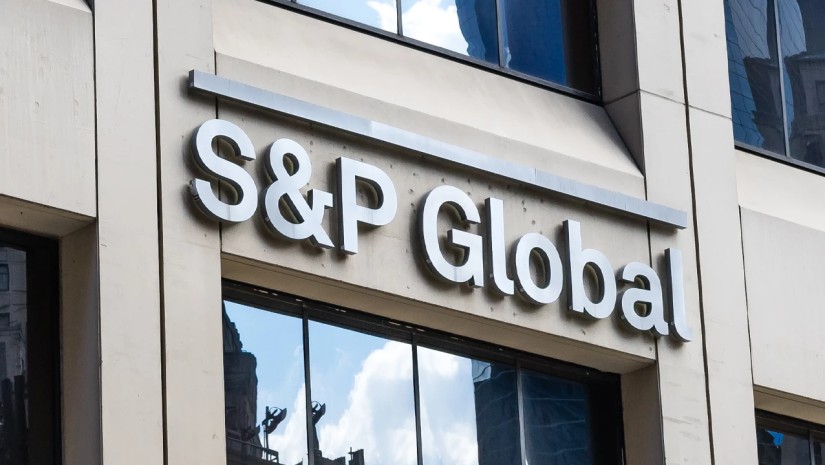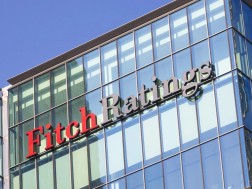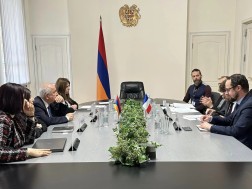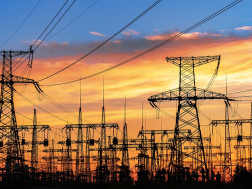After a stellar year for Armenia's economic output in 2022, the growth is expected to slow but remain at a robust 7.5% in 2023, S&P Global Ratings said as it raised August 25 its long-term foreign and local currency sovereign credit ratings on Armenia to 'BB-' from 'B+' and affirmed its short-term foreign and local currency sovereign credit ratings at 'B'.
The outlook is stable. S&P Global Ratinsg said this mild slowdown can be attributed to weaker external demand, more restrictive financial conditions, and moderating financial and migrant inflows.
According to the agency, last year, spillovers from the Russia-Ukraine conflict helped Armenia's economy to expand significantly by 12.6%. This surge is primarily attributed to inward migration from Russia, which boosted the economy through various channels.
A substantial portion of migrants from Russia are skilled and young IT professionals. As such, the influx of skilled labor, coupled with the establishment of over 1,000 foreign-owned companies, has contributed significantly to the growth of sectors such as IT, which expanded by 51% in 2022 (the country's most productive sector).
‘Significant financial inflows, particularly through money transfers from Russia, have also benefited Armenia's economy. Gross inflows of money transfers from Russia equated to 18.4% of Armenia's GDP in 2022, up from 6.2% in 2021. However, these transfers have begun to stabilize in recent months, which we expect to continue given that immigration flows have dissipated.
Migration from Russia has also boosted Armenia's catering, real estate, and transportation sectors. In 2022, Armenia received 1.67 million tourists, though this is still 14% below 2019 levels. That said, tourism remains strong, with a 79% increase in arrivals in the first quarter of 2023, compared with the same period last year. Despite the recent appreciation of the Armenian dram against the U.S. dollar reducing tourists' purchasing power, we expect tourism levels to remain robust.’
Russia remains a key trader partner for Armenia. In 2021, 28% of the country's total exports went to Russia, surging to 45% in 2022, largely due to the Russia-Ukraine conflict and Russia's diminished trading opportunities. However, distinguishing between Armenian-origin exports and re-exports via Armenia is challenging due to limited data. Exports to Russia have begun to stabilize and we anticipate this will continue due to Russia's weaker economic prospects and the implementation of stricter Armenian export controls on certain product categories such as semiconductors.
From 2024, Armenia's growth outlook could face several possible challenges. Firstly, labor and capital inflows from Russia could reverse. However, this seems unlikely in the near-term as recent domestic political and economic stresses in Russia are reducing the incentives for its citizens to return. Secondly, a sharp slowdown in economic growth in Russia and the EU, which are key trading partners for Armenia, could weigh on Armenia's own economic growth prospects. Lastly, persistent external security risks along the Armenian/Azerbaijan border could spill over into Armenia and affect economic performance. Nevertheless, we note that the recent increase in human and financial capital could strengthen Armenia's potential growth rate. In our base-line scenario, we anticipate an average annual real GDP growth rate of around 4% until 2026.
Tensions between Armenia and Azerbaijan have persisted over the disputed Nagorno-Karabakh region since fighting reignited in November 2020, leading to some territorial gains for Azerbaijan. Since then, besides the occasional flareup--including a bout of fighting in late 2022--the situation has largely been contained.
The U.S. and the EU, and separately Russia, have been encouraging both countries to pursue a peace agreement. Armenia recently stated it is ready to recognize Nagorno-Karabakh as a part of Azerbaijani territory with certain conditions. Given this development, recent months have shown some momentum in peace talks, raising the possibility of an agreement in the medium term. However, given Nagorno-Karabakh's historical significance, any peace deal will likely face public opposition in Armenia; previous peace negotiations with Azerbaijan sparked protests against the government. Such political tensions could escalate and influence the government's policy direction.























